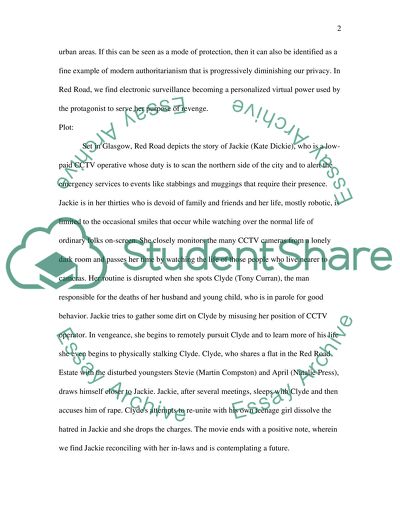Cite this document
(“The City, the Subject and the Digital Image Essay”, n.d.)
The City, the Subject and the Digital Image Essay. Retrieved from https://studentshare.org/visual-arts-film-studies/1440962-the-city-the-subject-and-the-digital-image
The City, the Subject and the Digital Image Essay. Retrieved from https://studentshare.org/visual-arts-film-studies/1440962-the-city-the-subject-and-the-digital-image
(The City, the Subject and the Digital Image Essay)
The City, the Subject and the Digital Image Essay. https://studentshare.org/visual-arts-film-studies/1440962-the-city-the-subject-and-the-digital-image.
The City, the Subject and the Digital Image Essay. https://studentshare.org/visual-arts-film-studies/1440962-the-city-the-subject-and-the-digital-image.
“The City, the Subject and the Digital Image Essay”, n.d. https://studentshare.org/visual-arts-film-studies/1440962-the-city-the-subject-and-the-digital-image.


